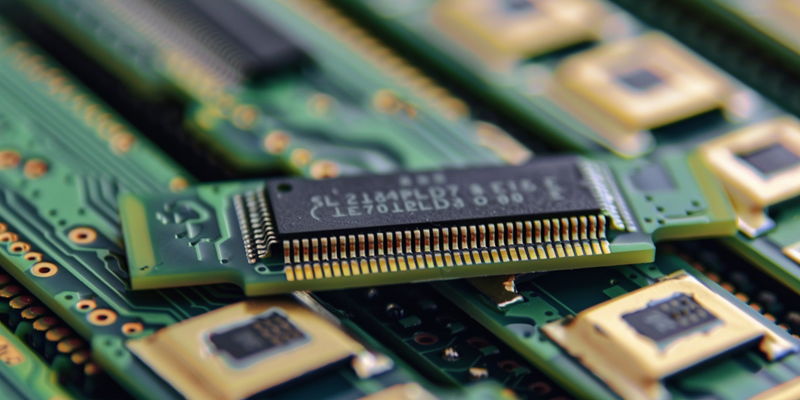Microsoft has announced a forthcoming update to Windows 11, tailoring it to the evolving standards of computing performance measurement. By changing the metric in Task Manager for system memory speed from MHz to MT/s, they are endorsing a more precise reflection of how Double Data Rate (DDR) RAM operates. Essentially, this moves away from simply stating the number of cycles a memory clock completes per second (MHz), a relic from single data rate times, toward highlighting the actual data transfer actions DDR memory performs—both on the rise and fall of the memory clock signal.
Understanding the MT/s Metric
The MT/s, or MegaTransfers per second, metric offers a truer depiction of memory performance. It is especially relevant for DDR memory, which has been standard in PCs for years now. DDR RAM performs two data operations per clock cycle: one when the clock signal rises and another when it falls. Consequently, using MHz, which only accounts for the clock frequency, doesn’t provide an accurate measure for RAM performance. This update reflects a better understanding of real-world system performance and brings Windows 11’s reporting into line with the terminology used by RAM manufacturers. As we see memory speeds advertised in MT/s, this update removes the potential for confusion, harmonizing what we see in Windows with the specs of our purchased hardware.
Why This Matters
The shift to MT/s from MHz is more than a cosmetic change—it’s a necessary update in a technologically advancing world. This change might seem trivial to casual users, but it affects enthusiasts, gamers, and professionals who rely on this data to make informed decisions about their hardware. Faster RAM can significantly impact system performance, particularly in tasks that require high bandwidth, such as video editing or 3D rendering. With RAM speeds now reaching up to 8000 MT/s, users need clear and precise information to understand the capabilities of their system. Microsoft’s update evidences their commitment to keeping Windows 11 aligned with the cutting-edge trends in technology, thereby ensuring that their user base is well-informed and able to take full advantage of their computer’s potential.

